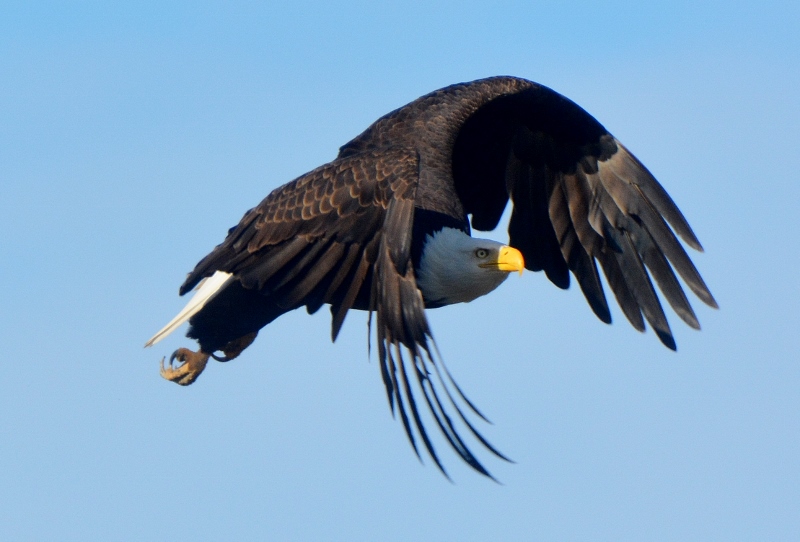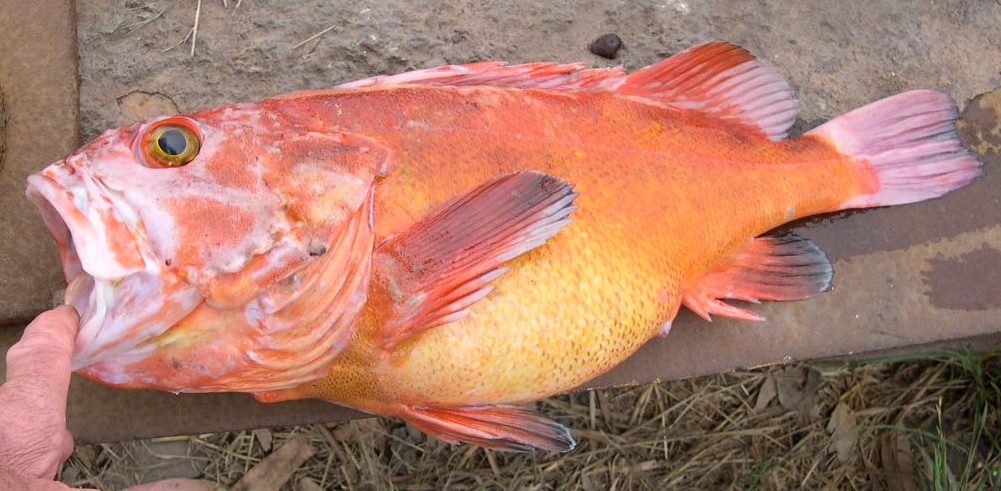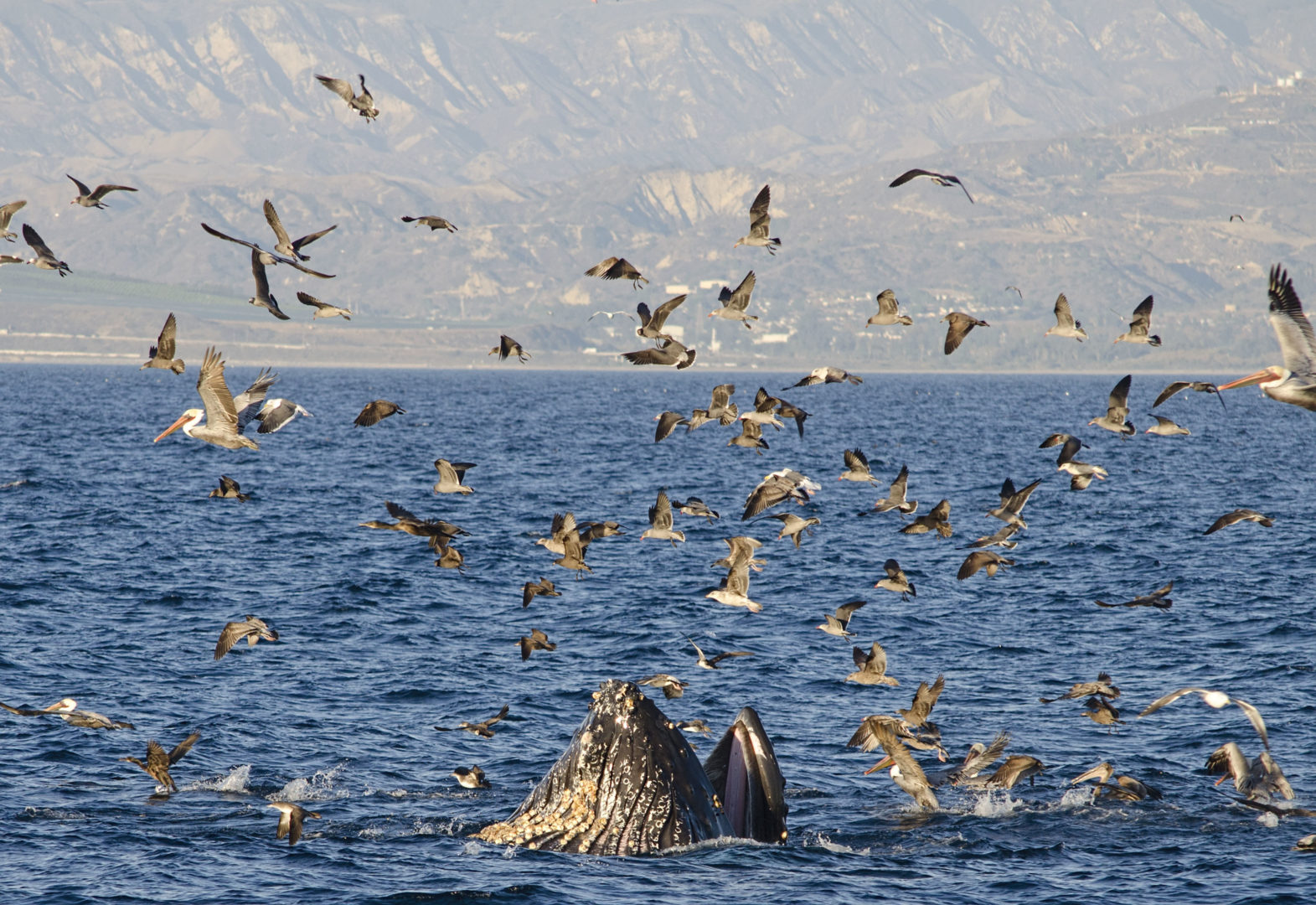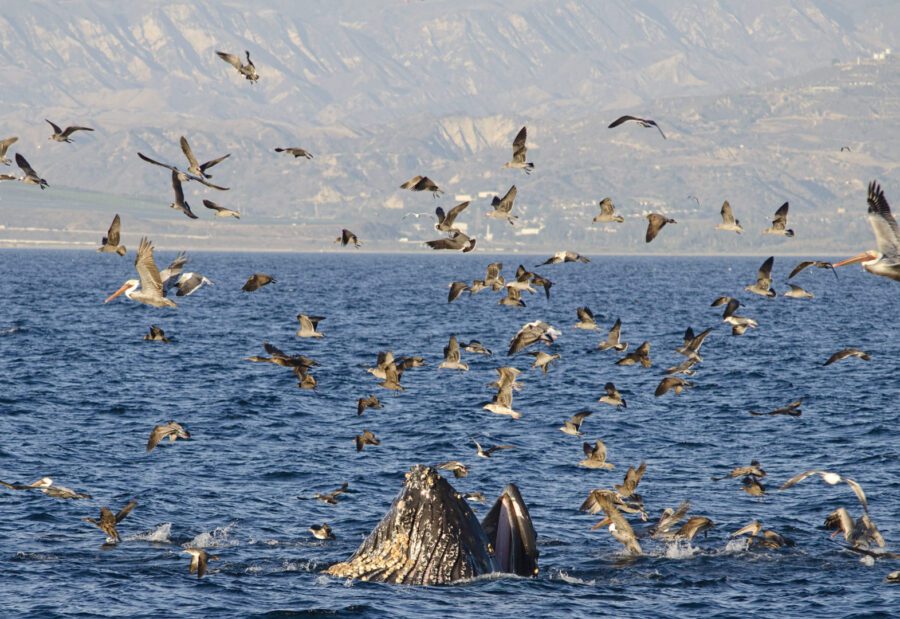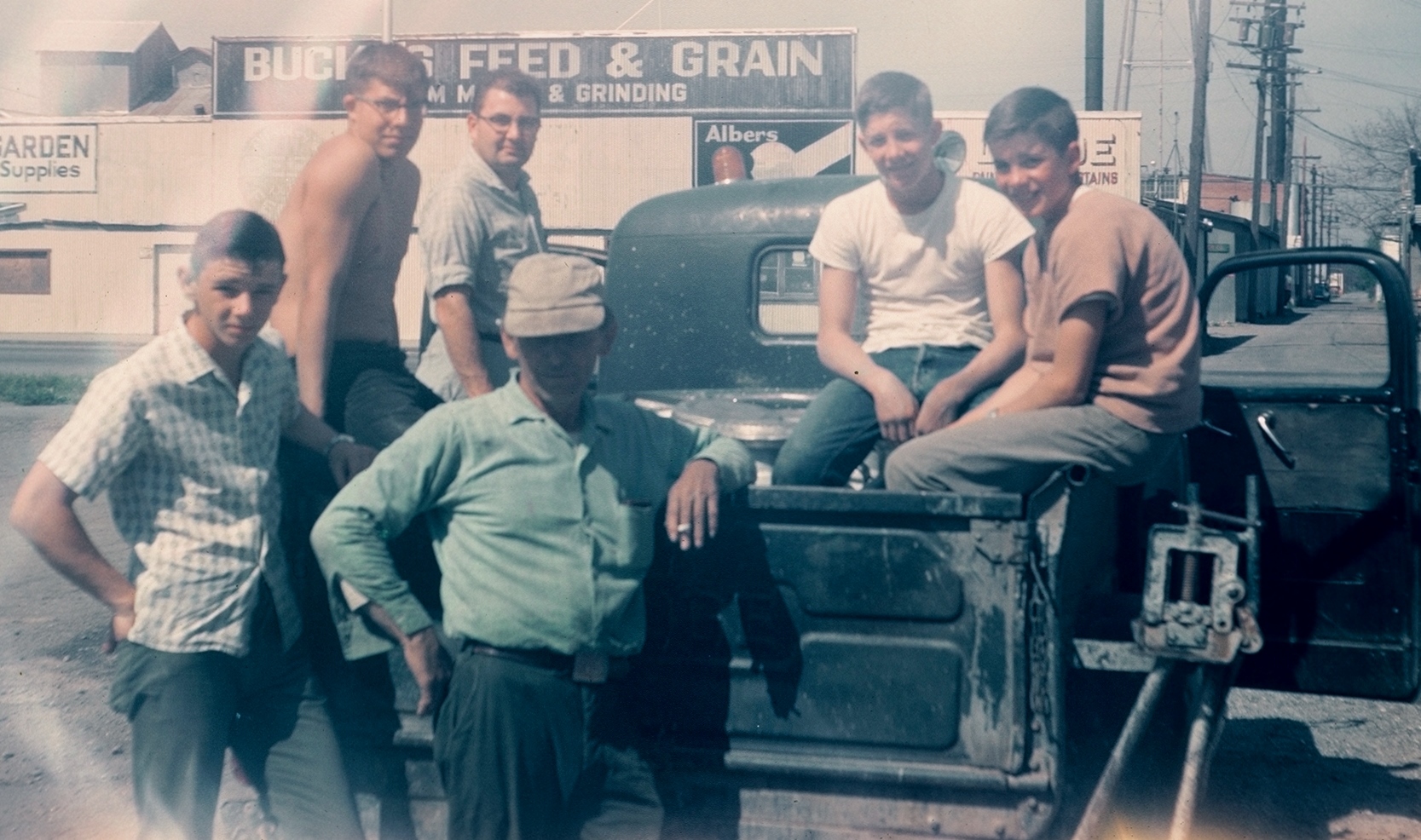Golden Trout and Golden Trees

Every fall, aspens put on a magnificent display in California’s Eastern Sierra. Photo by author.
The first time I experienced the awesome grandeur of California’s Eastern Sierra was in 1975, when, as a rookie Fish and Game warden, I drove there on assignment to work the Crowley Lake trout-season opener. That spring, the majestic mountains to the west were covered with snow, and the entire scene, from Mount Whitney to Mammoth Lakes, looked like something you’d see on a Christmas card. Over the years I’ve visited again and again, sometimes in the spring, sometimes in the summer, and sometimes in the fall. Whatever the season, the Eastern Sierra always offers an eyepopping display of color and natural beauty.


